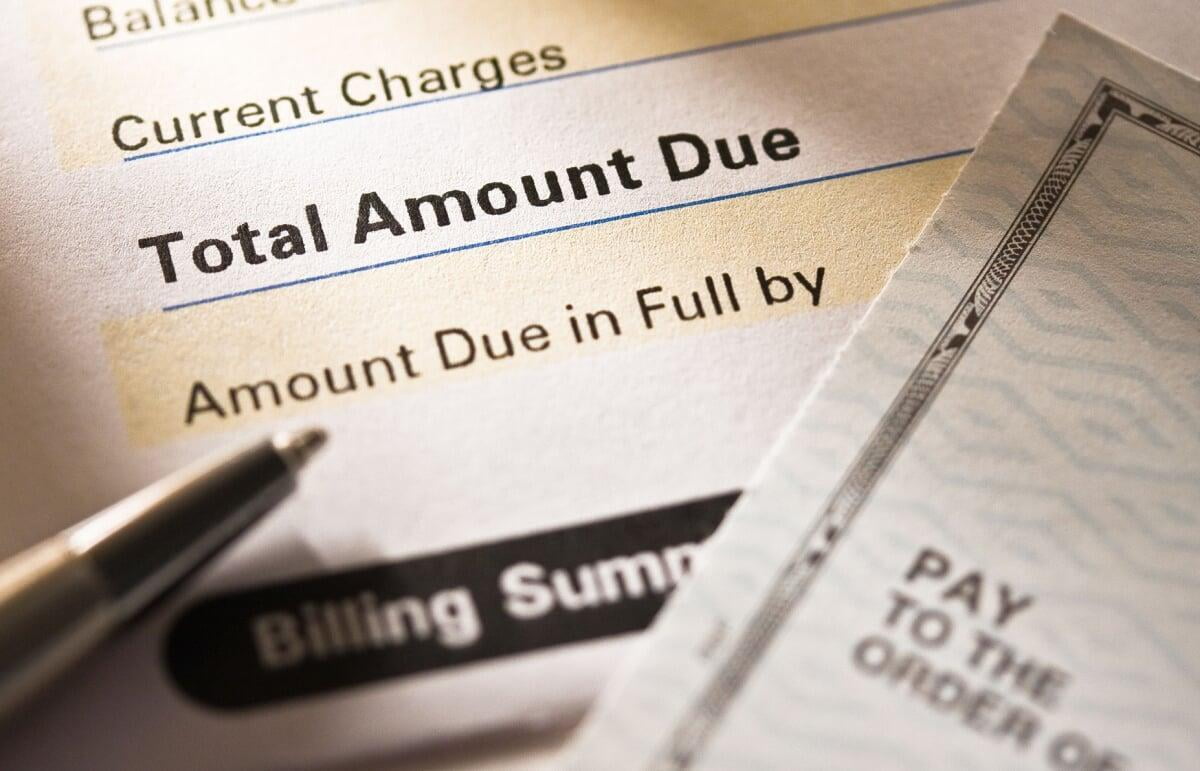
Interchange: What is that?
For most business owners, this is a question that is as long as time. Credit card processing statements can be so convoluted. Do you know which parts you have control over? How are you currently being billed? Flat rate model? Interchange plus? Let’s discuss.
By definition, Interchange refers to fees paid by the merchant’s bank to the issuing bank for this service. Interchange covers the cost to convert a charge on an account holder’s card to a cash deposit at the merchant’s bank account, including billing services, credit risk, fraud risk, and float. Card issuers (i.e. Citibank, Bank of America, Chase, etc.) charge the acquiring bank when a consumer uses their card in a place of business. The card issuers determine what each of these card types will cost semi-annually (typically). For example, your customer may use a rewards card or a commercial card, which comes with perks or benefits to that card holder. That card costs more to accept for a business owner. Unfortunately, as a business owner, it’s impossible to control the type of card a consumer presents at the time of purchase.
Interchange is published information. In addition to interchange, the card associations - Visa, MasterCard & Discover assess fees to cover the costs of maintaining their systems, brand and payment networks. Click on the links below for further details on interchange and the current rates/categories for each brand:
Interchange is determined for each transaction based on the industry of the merchant, the type of card, the way the card is accepted, the transaction size and other factors like if it was processed as a chip card or if it was manually entered. Debit cards for example, cost less because they pose less risk.
Why is Interchange important?
Interchange fees are a crucial part of the payment processing ecosystem, as they help to fund the infrastructure that enables electronic payments to take place. Without interchange fees, it would be difficult for card networks and banks to sustain the costs of maintaining the payment infrastructure, and it is likely that consumers would have to pay higher fees for the use of credit and debit cards. Interchange fees earned by card-issuing banks provide financial motivation for them to promote and issue more cards to more cardholders. These cardholders then come and spend with your business.
How can a business qualify for the lowest interchange rate?
Insert a chip when the card is present and obtain a valid authorization
Batch out/settle your transactions daily. Delaying settlement will cause the transactions to downgrade
Card-not-present transactions: enter the correct billing address & perform address verification
Enter tax amount when prompted by the terminal/POS
Enter invoice number when prompted by the terminal/POS
Use proper software for the industry that you are in that provides appropriate data back to the card issuer
Why Is Interchange So Controversial?
Interchange fees have also been a source of controversy, as some merchants and advocacy groups argue that they are misunderstood, excessive and contribute to the overall cost of goods and services. In response to these concerns, some governments have attempted to regulate interchange fees, although the results have been mixed.
One of the main factors that determines the interchange fee for a given transaction is the type of card being used. Card networks typically charge higher interchange fees for premium cards, such as rewards cards or business cards, as these cards tend to have higher usage patterns and generate more revenue for the network. Additionally, cards that offer a higher level of security, such as EMV chip cards, may also have higher interchange fees due to the added cost of implementing and maintaining the technology.
The type of merchant also plays a role in determining interchange fees. Card networks typically charge higher fees for certain types of merchants, such as those in the travel or entertainment industries, as these merchants tend to have higher risk profiles and may be more likely to experience chargebacks or fraud. In contrast, merchants in low-risk categories, such as supermarkets or utilities, may be eligible for lower interchange fees.
The nature of the transaction itself can also impact the interchange fee. For example, transactions that are conducted in person, using a card reader or terminal, tend to have lower interchange fees than those that are conducted online or over the phone, as the latter types of transactions carry a higher risk of fraud. Similarly, transactions that involve the use of a card-not-present (CNP) method, such as e-commerce or mail order, may also have higher interchange fees due to the added risk.
While interchange fees are typically a small percentage of the overall transaction amount, they can add up over time and represent a significant cost for merchants. As a result, some merchants have sought to reduce their interchange fees by negotiating lower rates with their acquiring banks or by implementing programs to encourage the use of lower-cost payment methods, such as debit cards or ACH transfers.
Ultimately, if a business owner processes the transaction correctly, with the appropriate software, interchange fees can be minimized. Having an interchange plus model in place provides the opportunity for validating the charges against what is publicly available. Contact us at cardONE to further review and discuss this in greater detail. Let us help you review your interchange qualifications and find a solution that works for your business!



